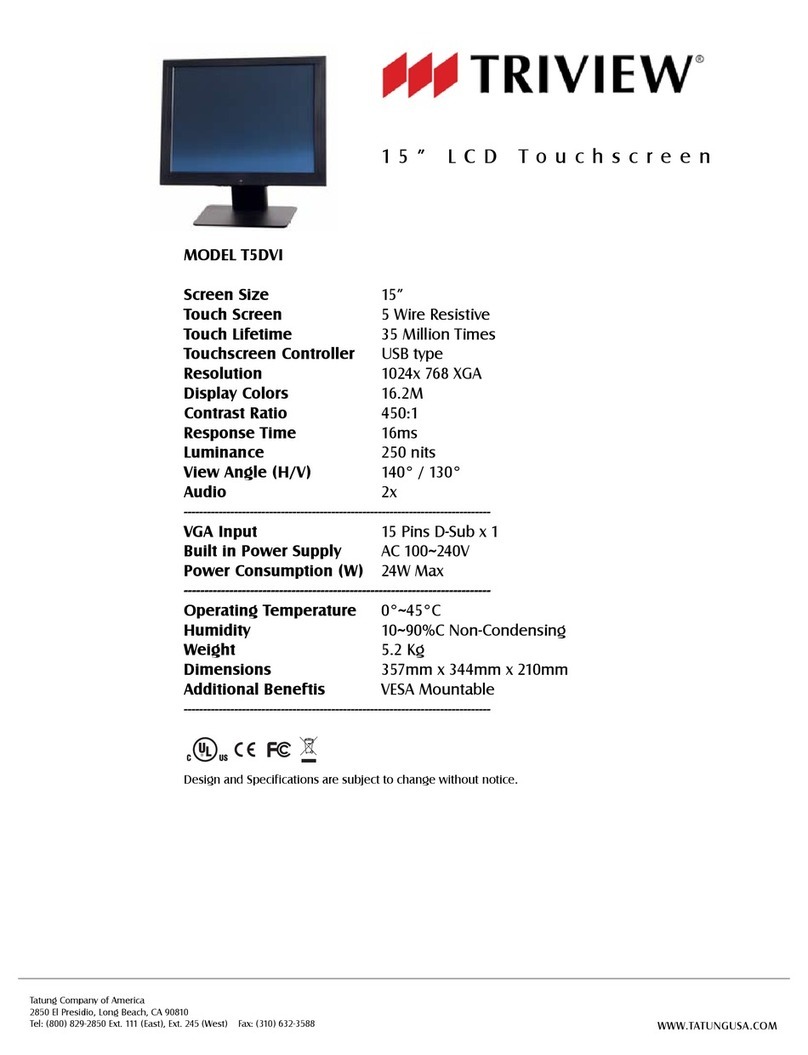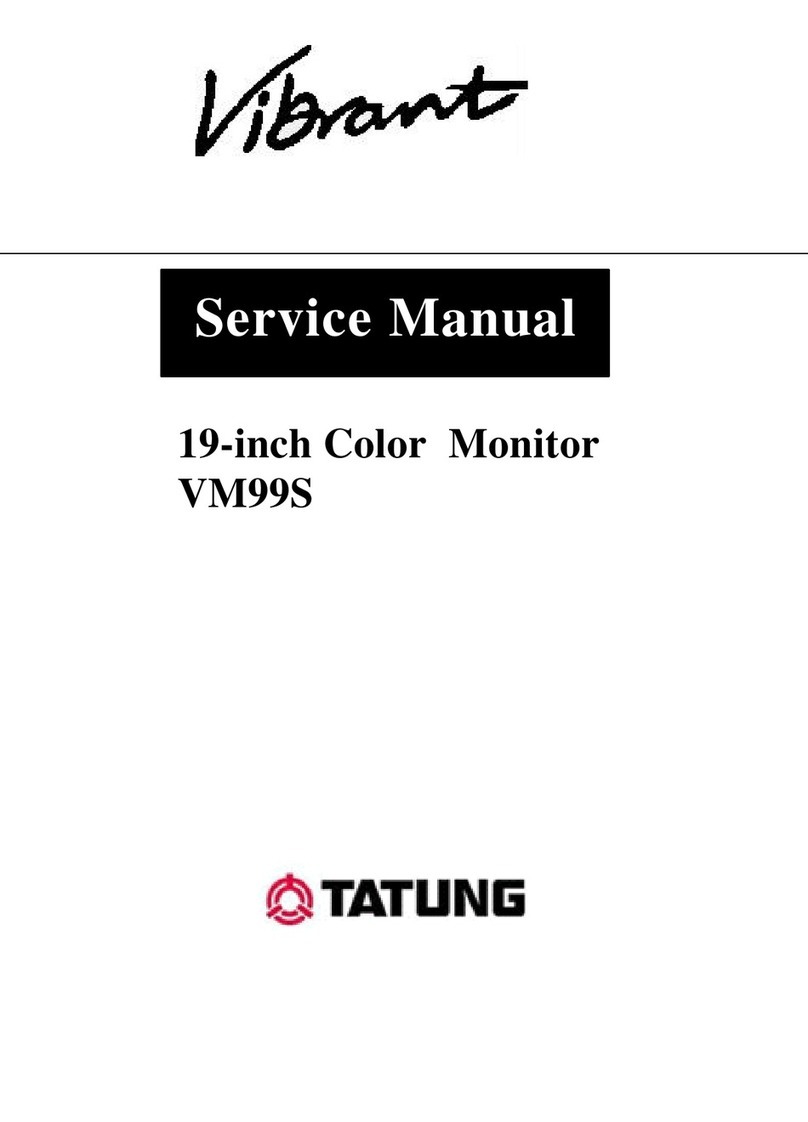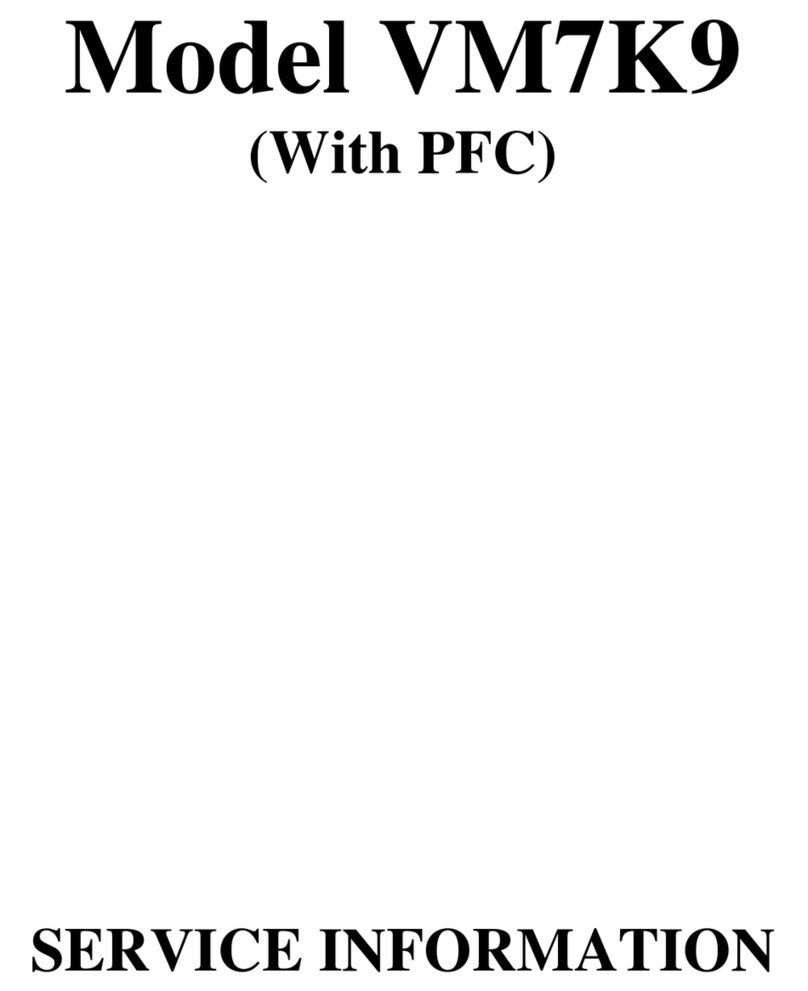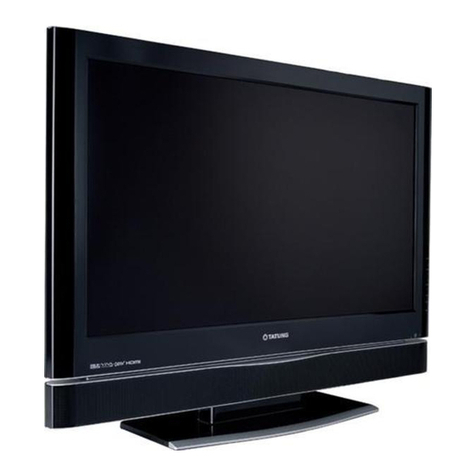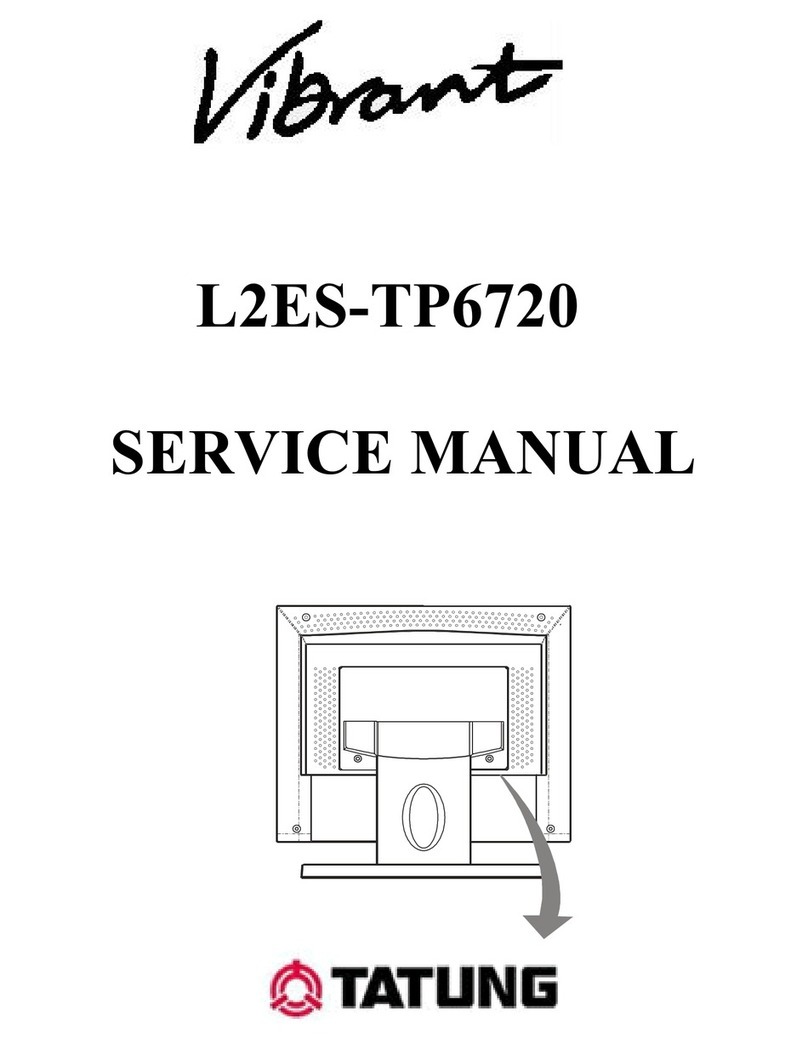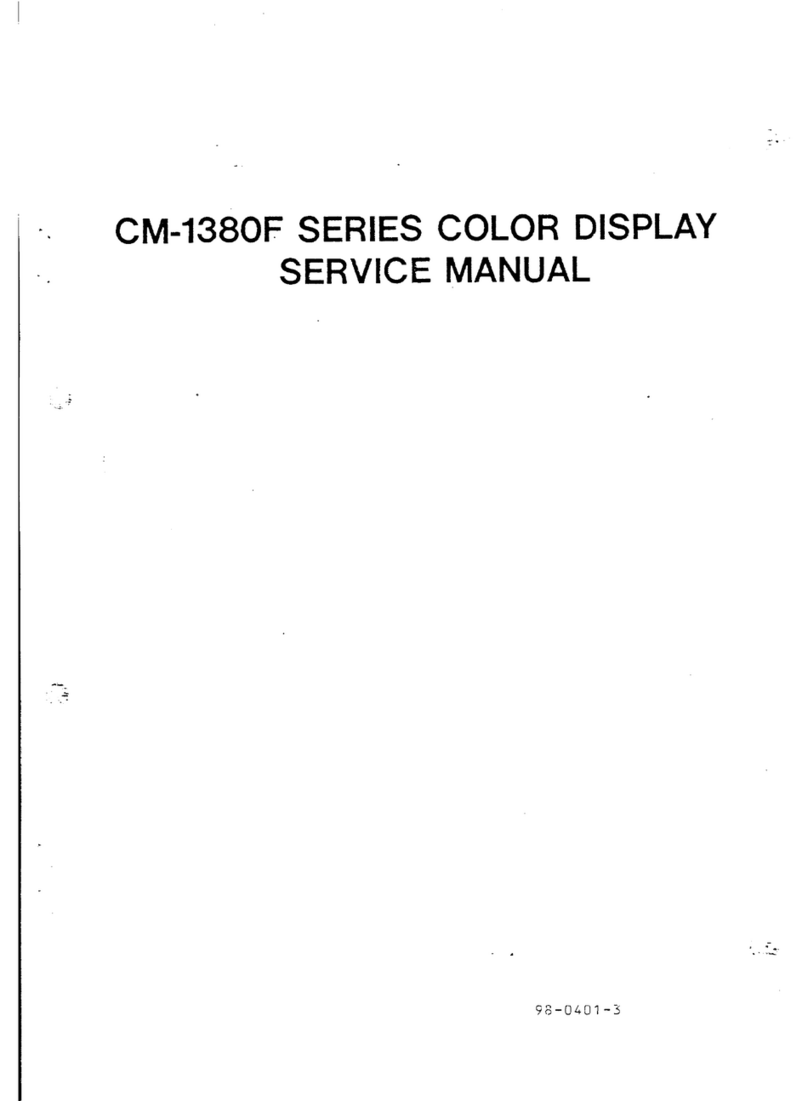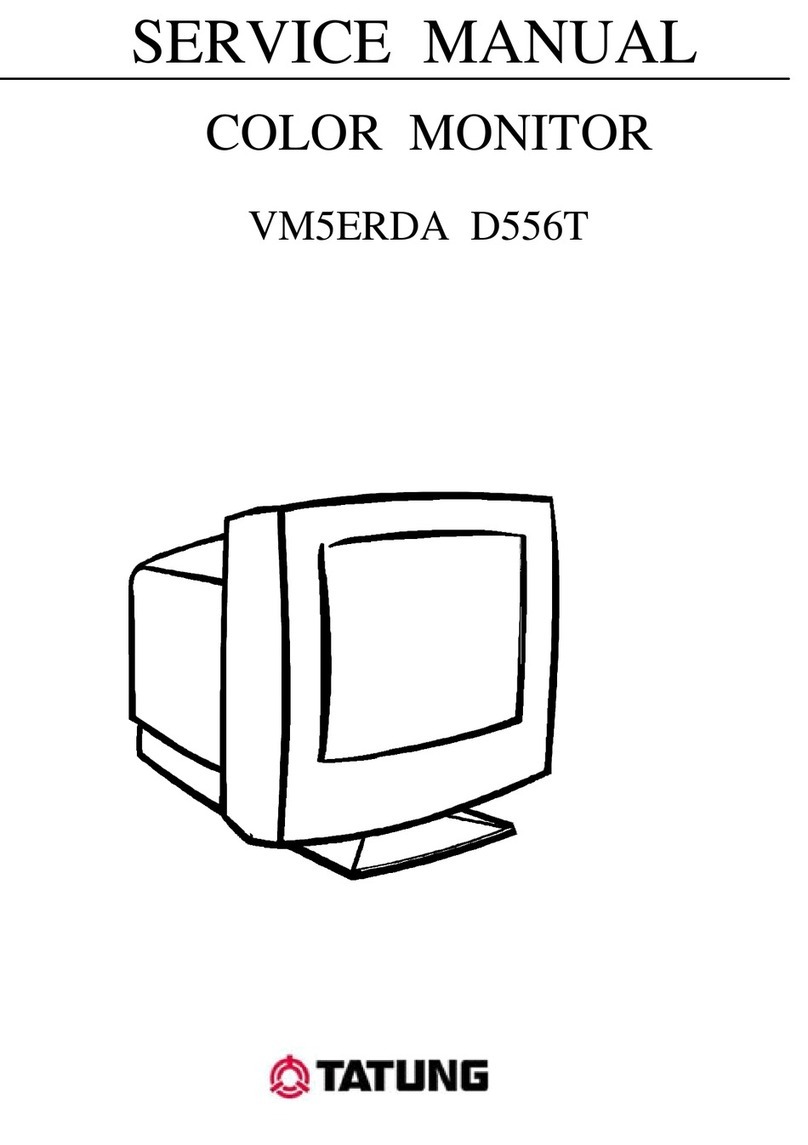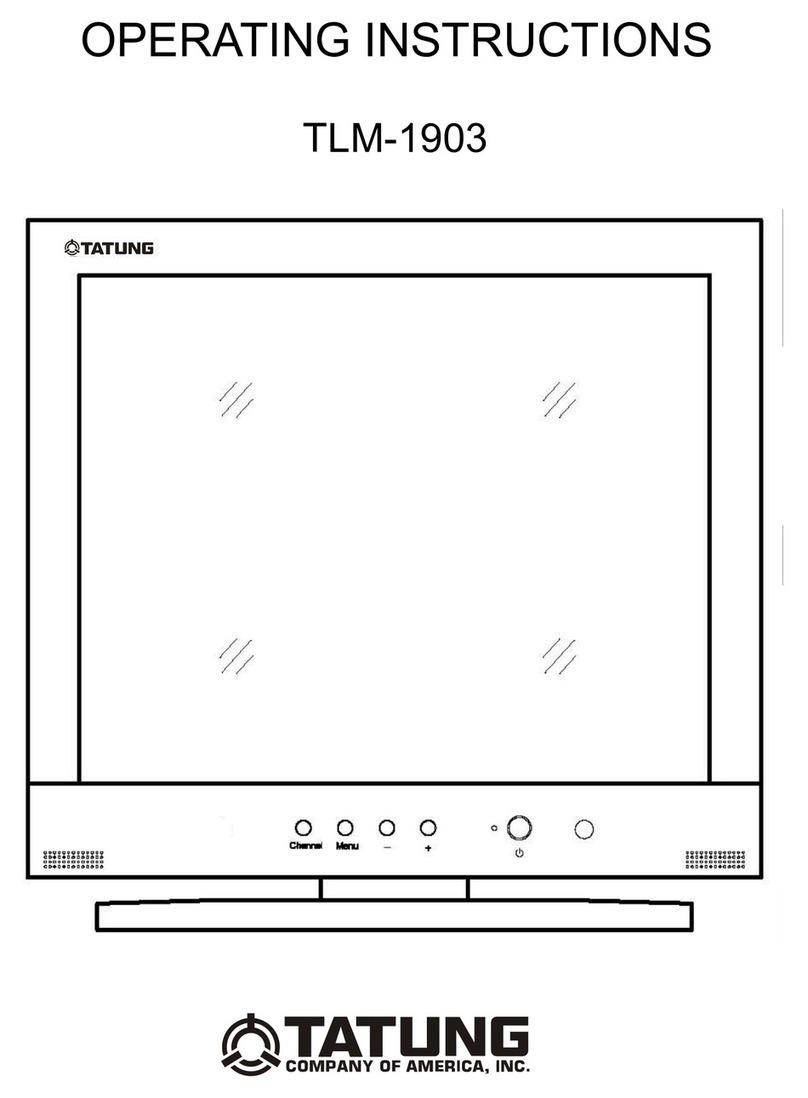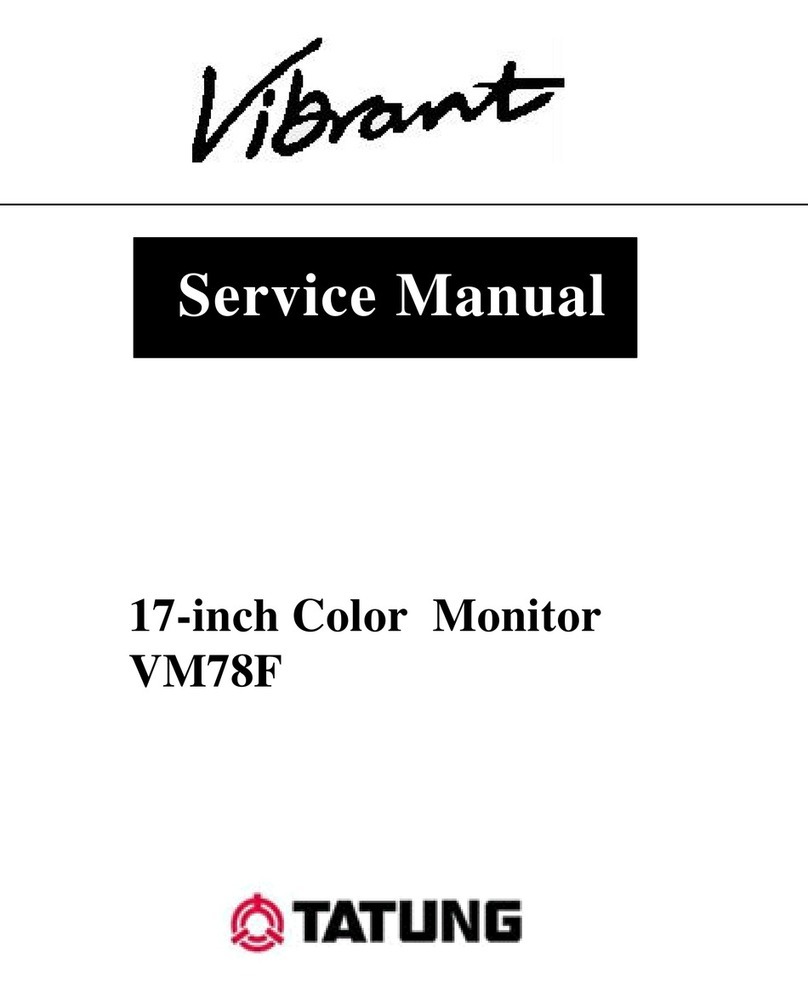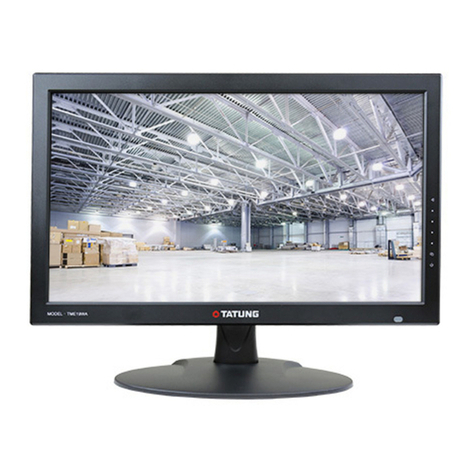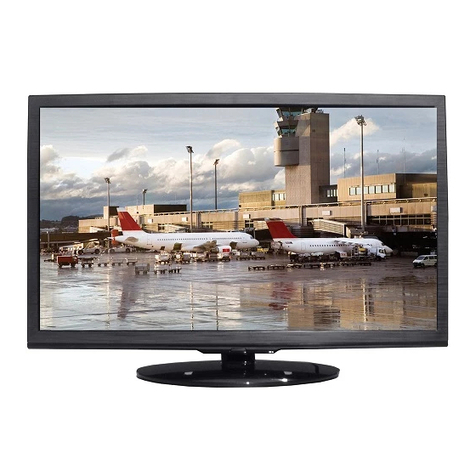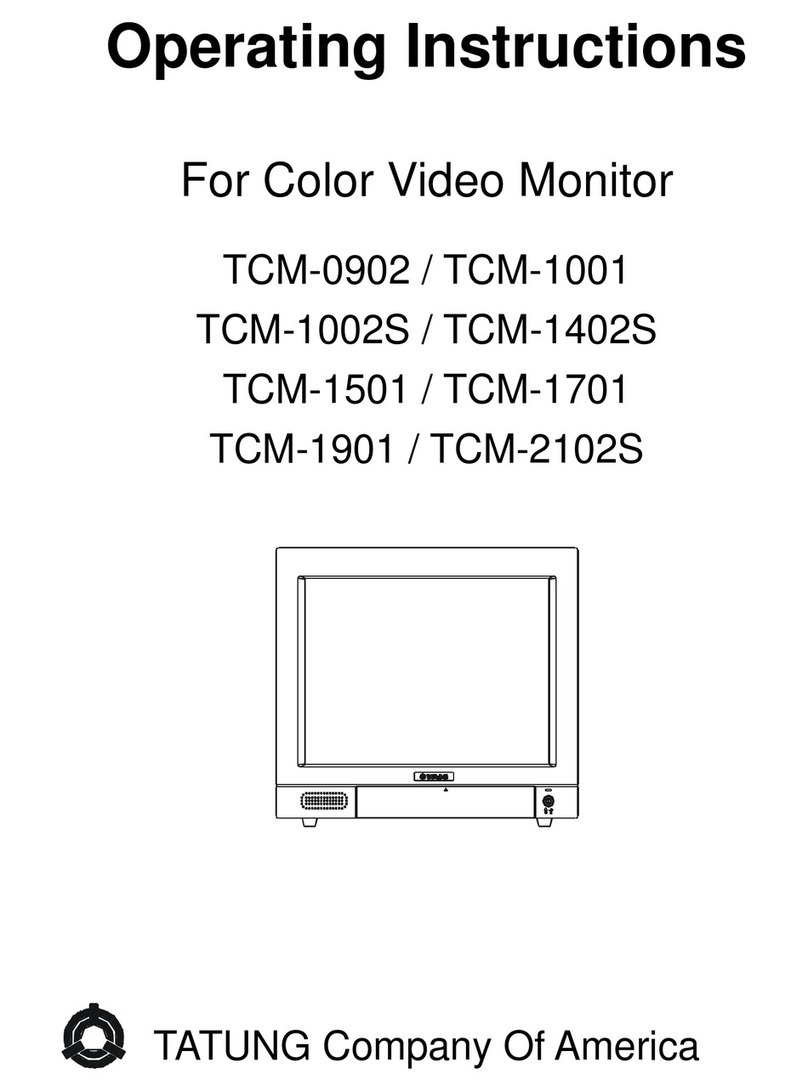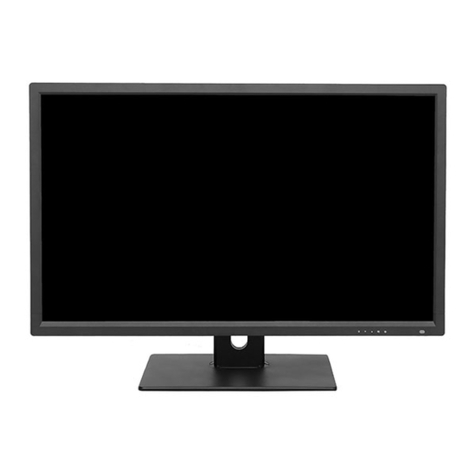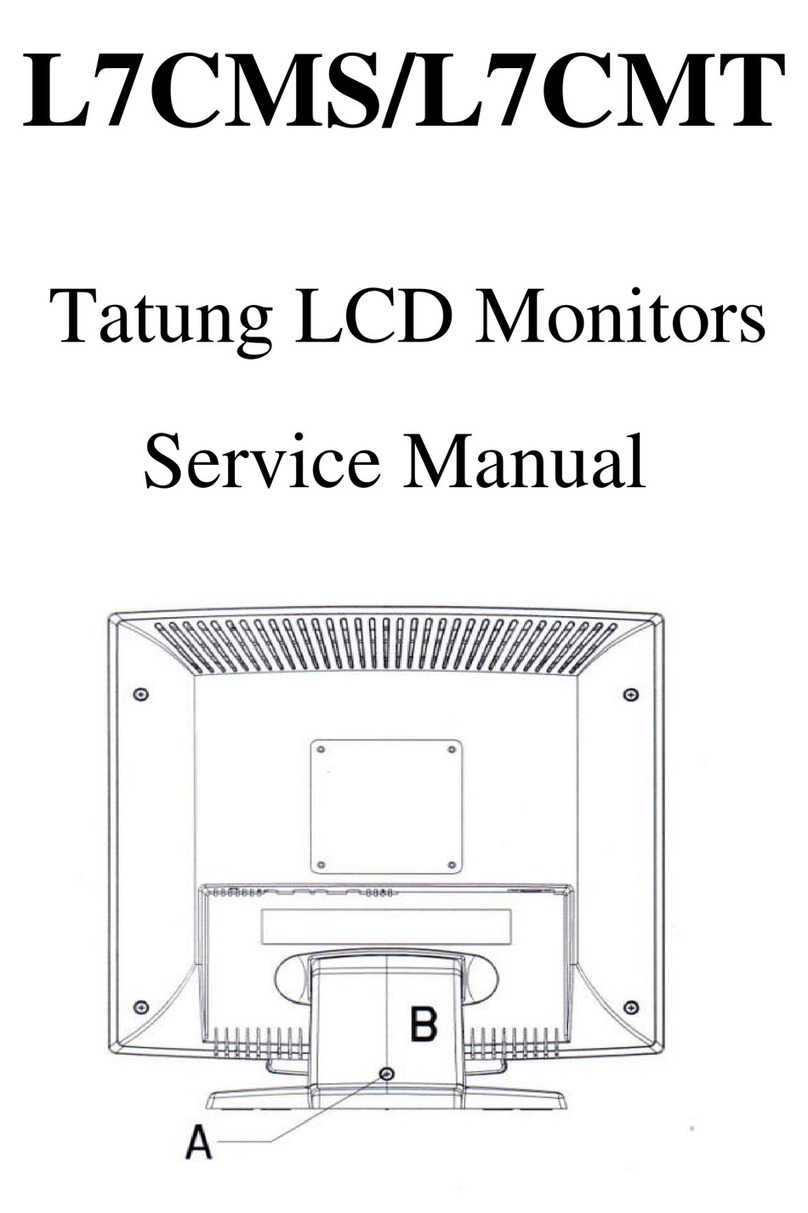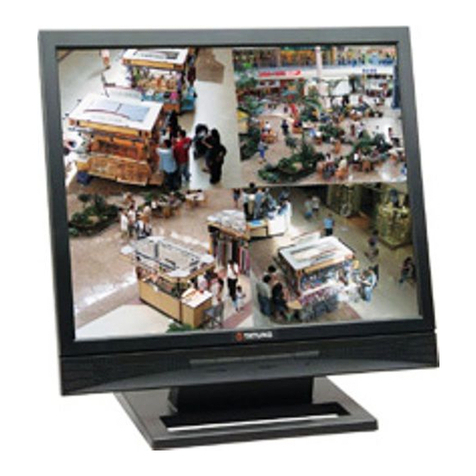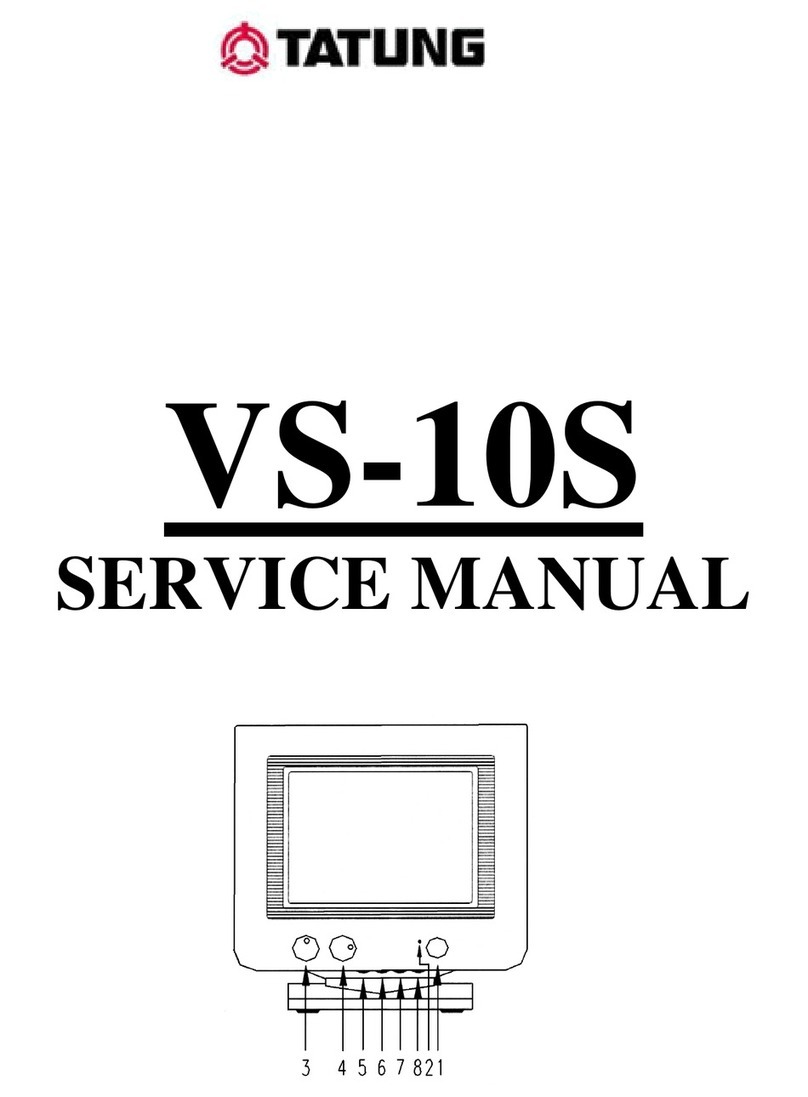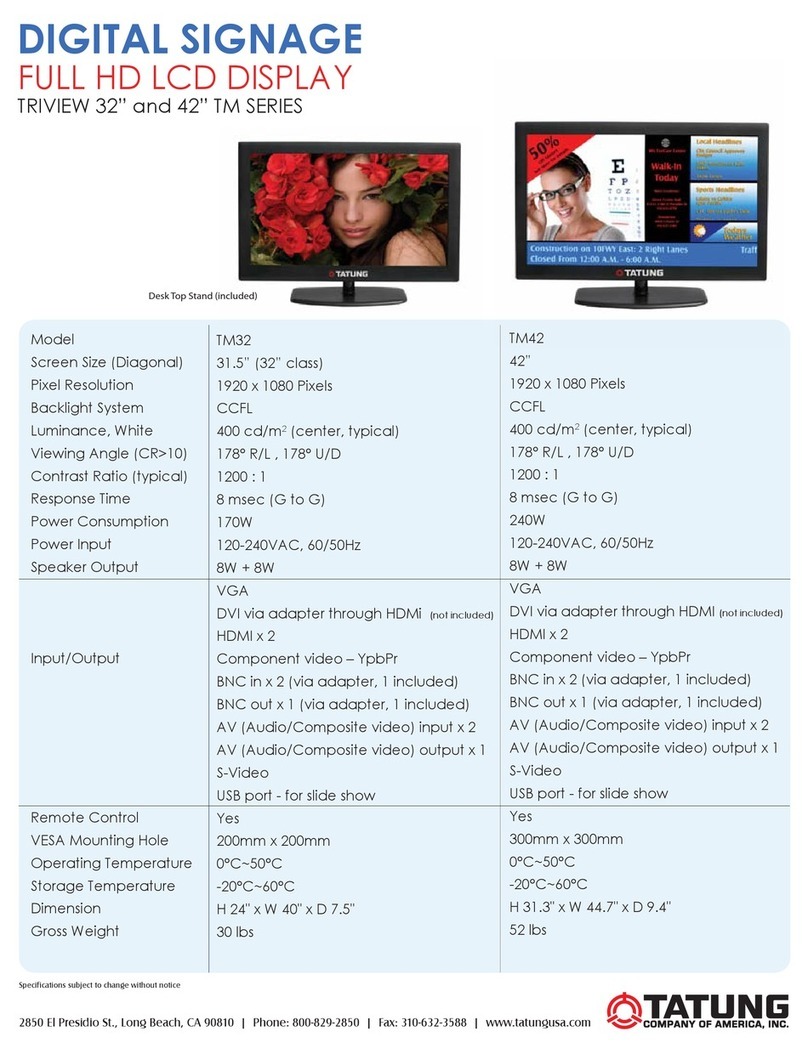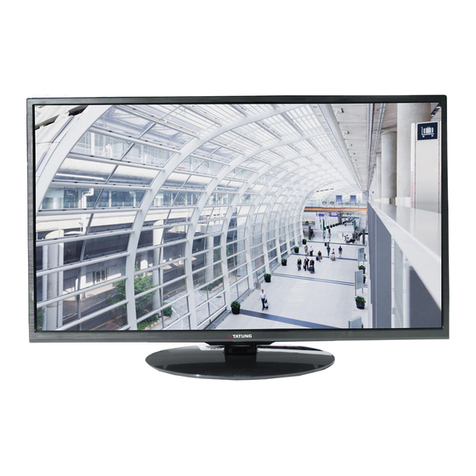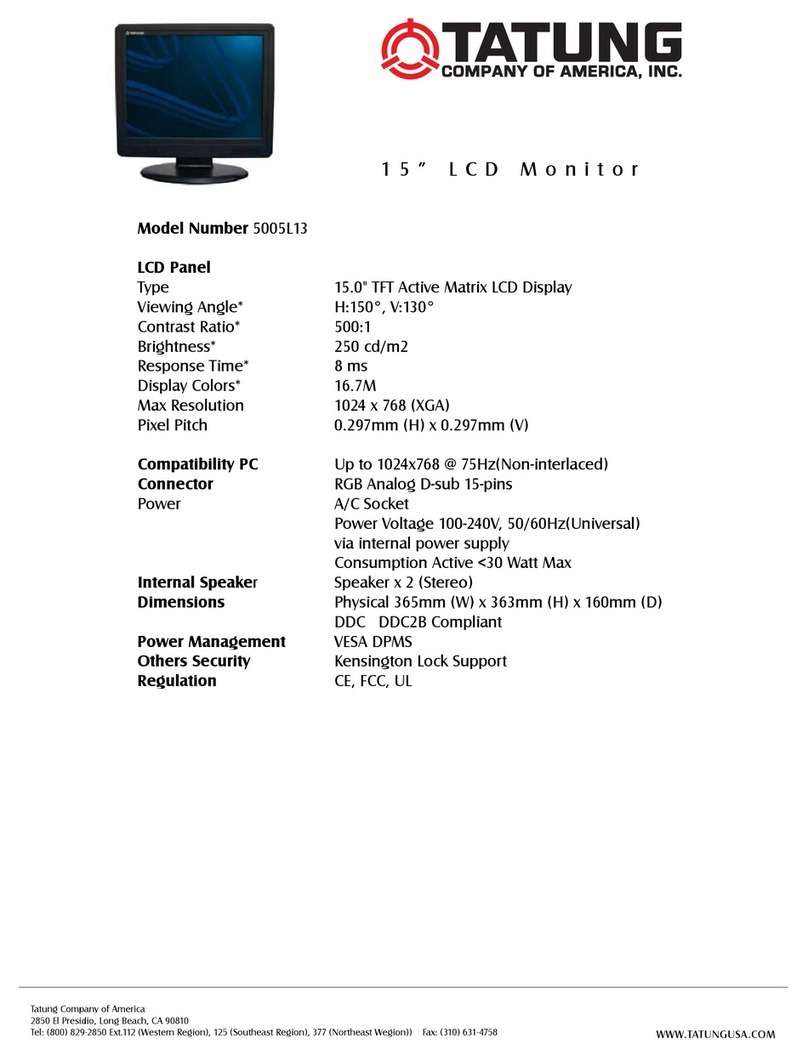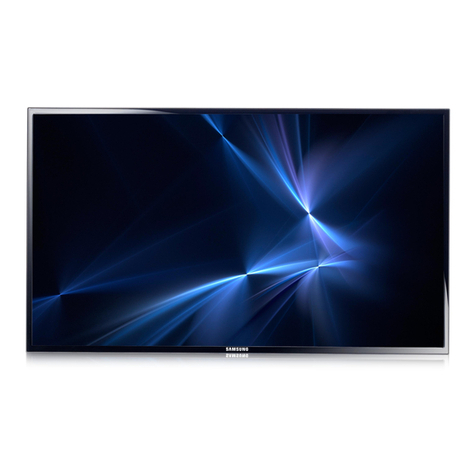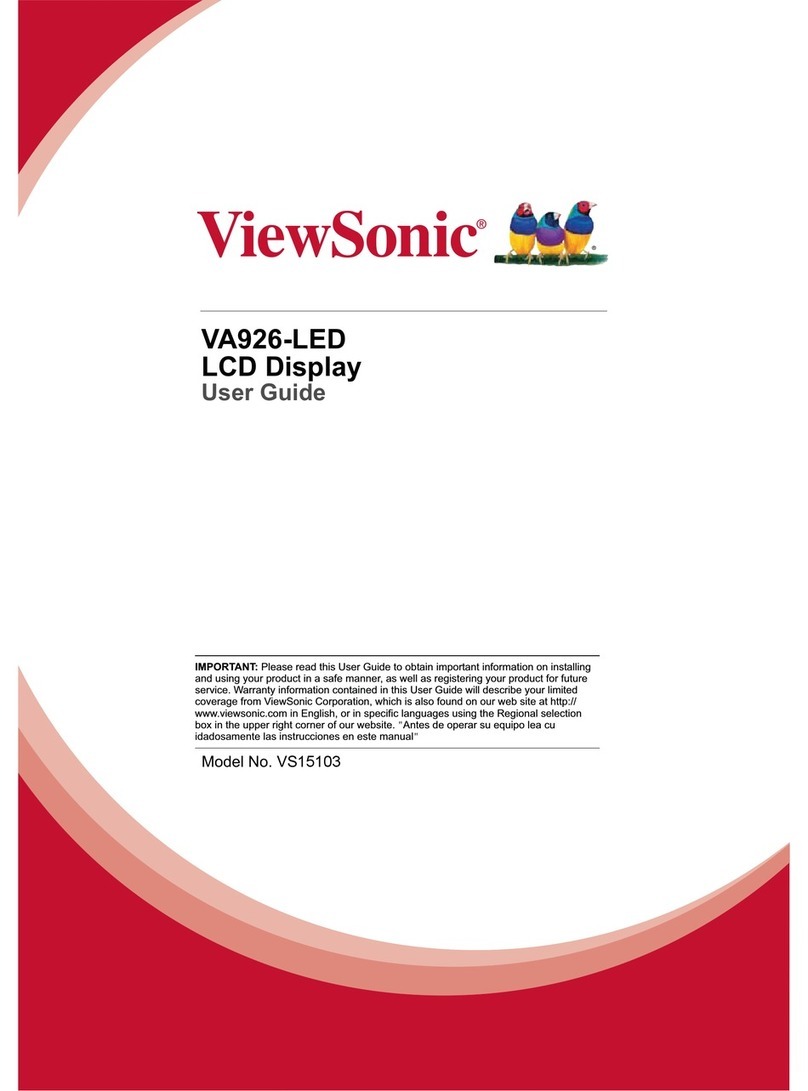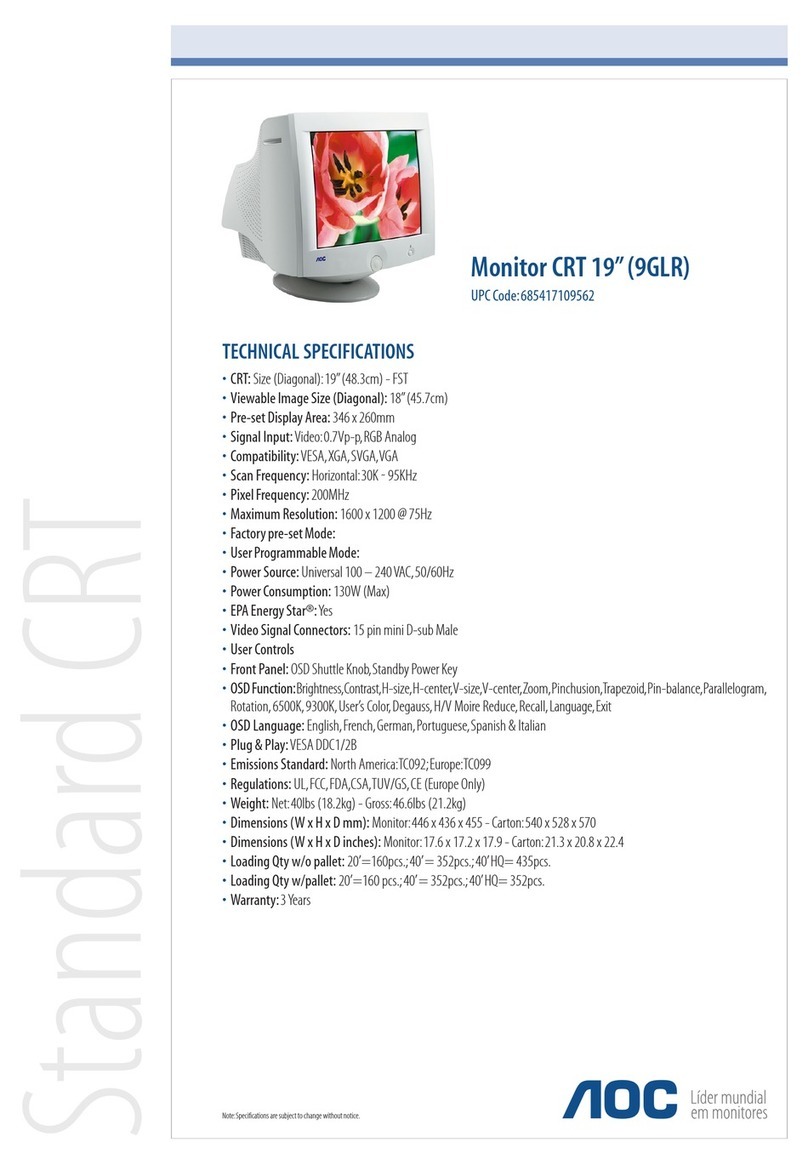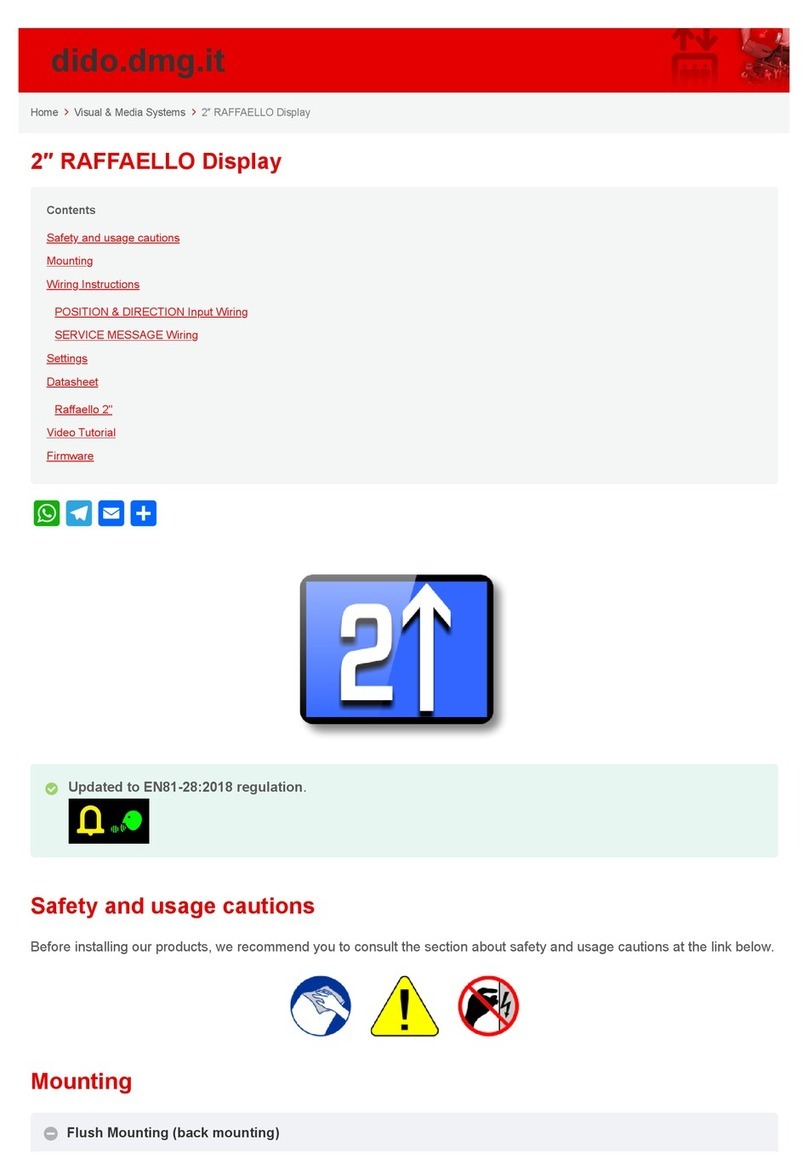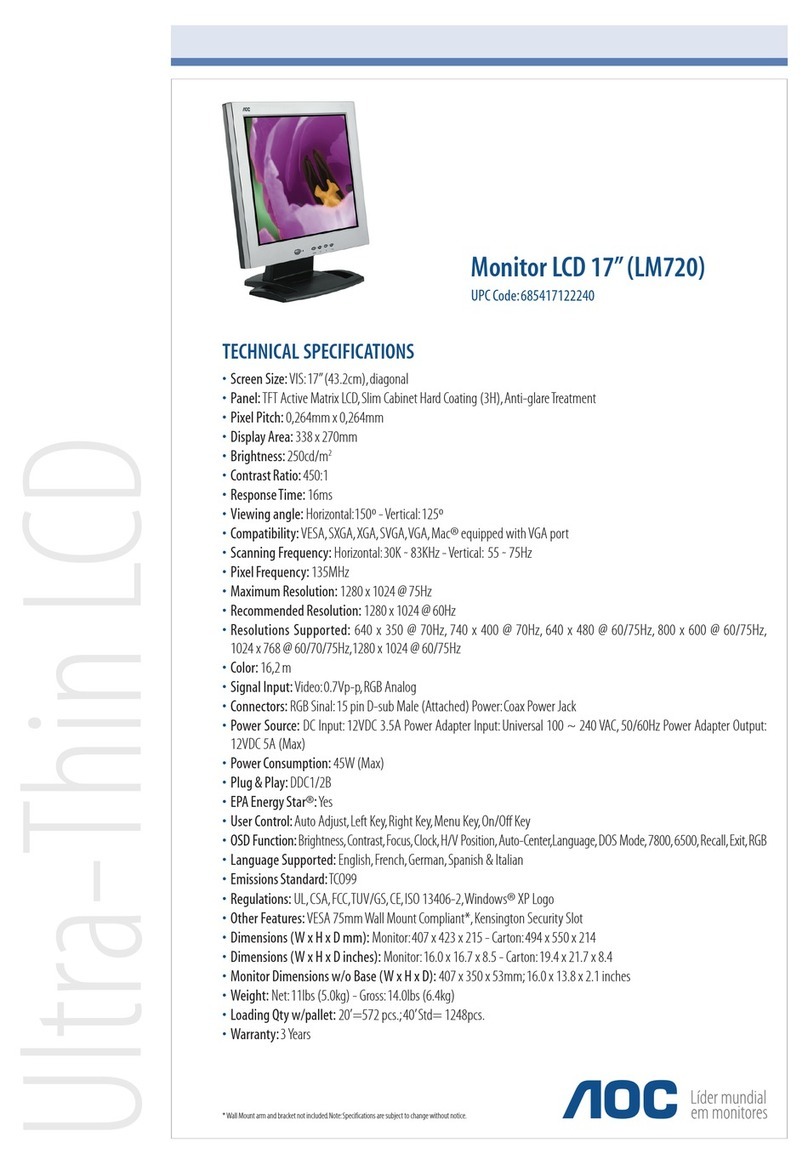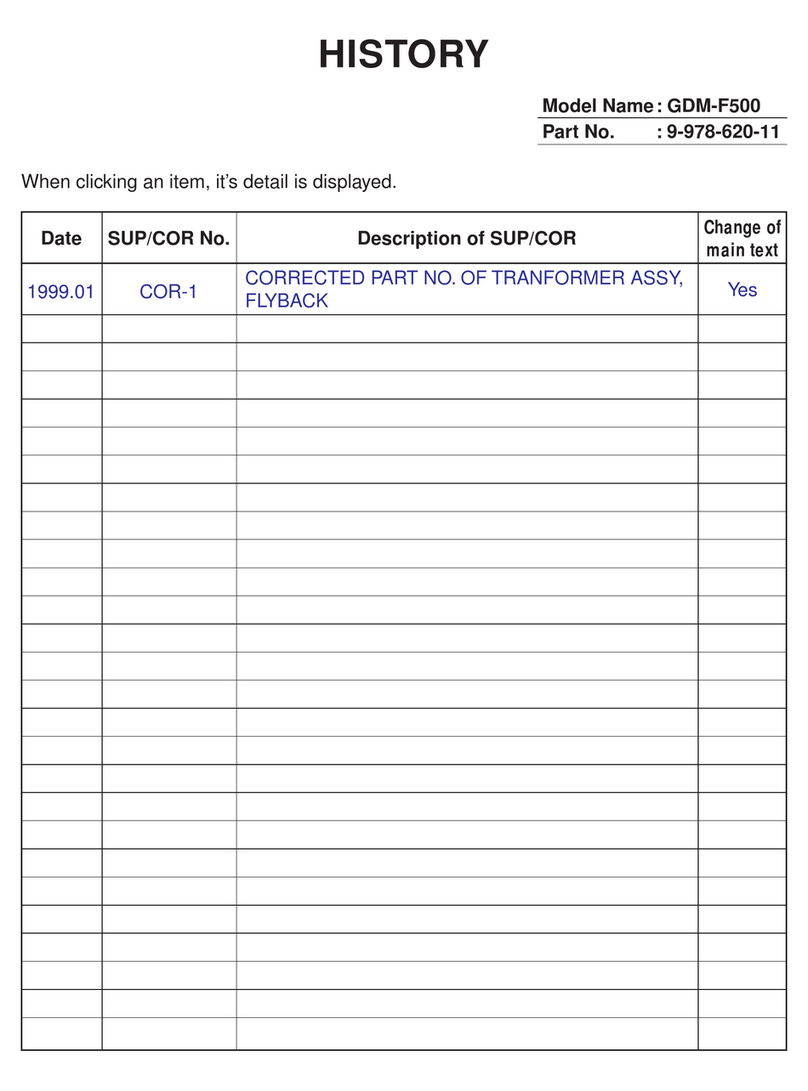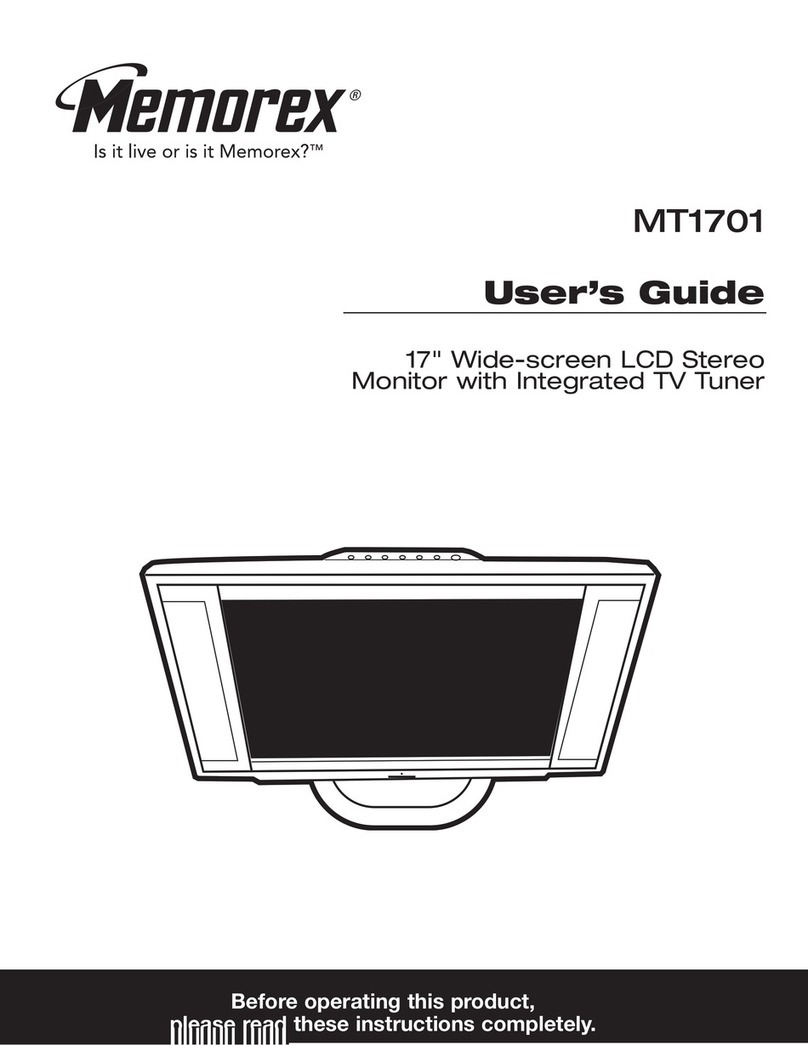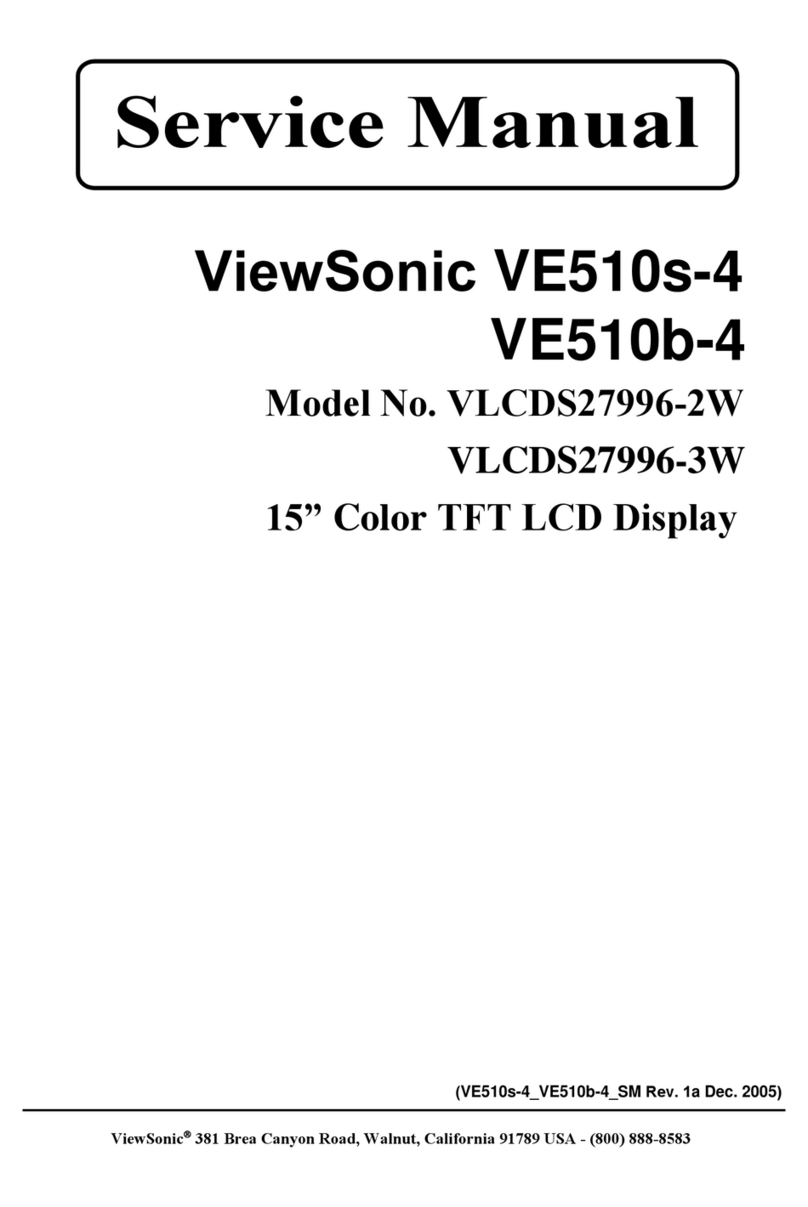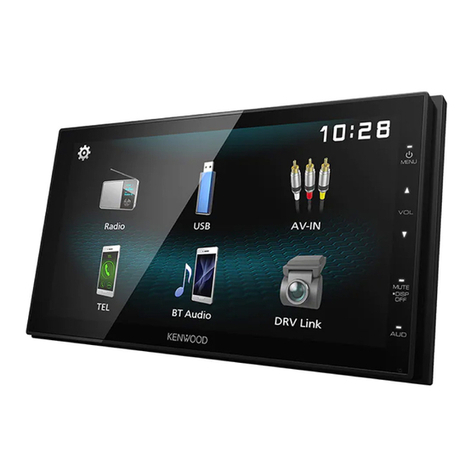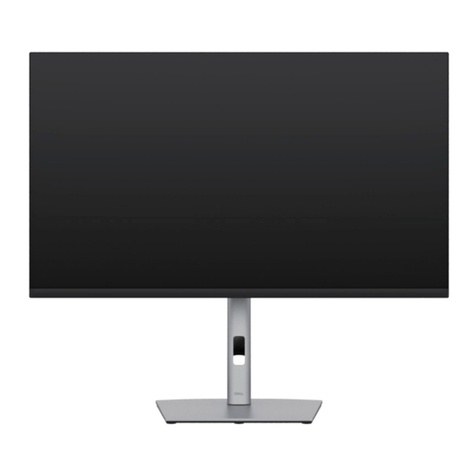
TABLE OF CONTENTS
PAGE
1. SPECIFICATIONS .................................................................................................... 3-4
2. PRECAUTION AND NOTICES ................................................................................ 5
2-1 SAFETY PRECAUTIONS .............................................................................. 5
2-2 PRODUCT SAFETY NOTICE ....................................................................... 5
2-3 SERVICE NOTES ........................................................................................... 5
2-4 HIGH VOLTAGE WARNING ....................................................................... 6
3. OPERATING INSTRUCTIONS ................................................................................ 6-7
4. ADJUSTMENT ......................................................................................................... 7
4-1 ADJUSTMENT CONDITIONS AND PRECAUTIONS ............................... 7
4-2 MAIN ADJUSTMENTS ................................................................................. 7
4-3 ADJUSTMENT METHOD ............................................................................. 7-10
5. CIRCUIT DESCRIPTION ......................................................................................... 11
5-1 MICRO CONTROLLER CIRCUIT ............................................................... 11
5-2 DEFLECTION CIRCUIT ......…….................................................................. 12
5-3 VIDEO CIRCUIT ............................................................................................ 12
5-4 POWER SUPPLY .....……………………....................................................... 12
5-5 TRANSISTOR & DIODE CIRCUIT .....……………….................................. 13-15
6. TROUBLE SHOOTING CHART .............................................................................. 16
6-1 NO RASTER, CRT RELATIVE CIRCUIT PROBLEMS .............................. 16
6-2 ABNORMAL DISPLAY ................................................................................. 17
6-3 NO BLANKING .............................................................................................. 18
6-4 HOR. /OSC /DEF /HV CIRCUIT FAULT ...................................................... 18
6-5 ABNORMAL DDC (PLUG & PLAY) ...........…………................................. 19
6-6 ABNORMAL HORIZONTAL DEFLECTION .............................................. 19
6-7 ABNORMAL VERTICAL SCANNING ........................................................ 20
6-8 SIDE-PIN CUSHION DISTORTION ............................................................. 20
6-9 POOR FOCUS ................................................................................................ 20
6-10 NO SOUND (OPTION FOR AUDIO MODEL ONLY).........….................... 21
6-11 ABNORMAL VIDEO LEVEL ON SCREEN................................................. 21
6-12 POWER SUPPLY TROUBLE SHOOTING CHART ..................................... 22
7. MECHANICAL OF CABINET FRONT DIS-ASSEMBLY...................................... 23
8. PARTS LISTING .........................................................................................…............ 24
9. BLOCK DIAGRAM .................................................................................................. 45-46
10. IC BLOCK DIAGRAMS............................................................................................ 47-49
11. PCB LAYOUT .......................................................................................................... 50-51
12. SCHEMATIC DIAGRAM ......................................................................................... 52
